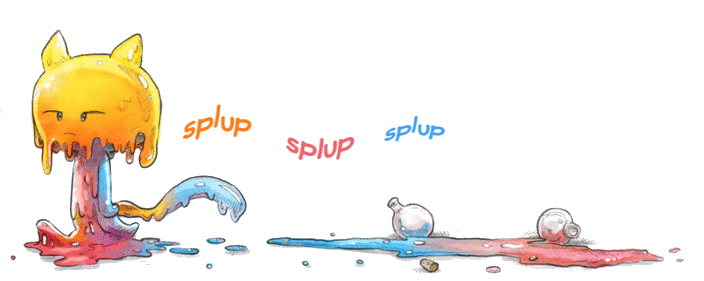Originally posted by RomuloP
View Post

Actually, we can see how it may be done:
There's more in:





Leave a comment: